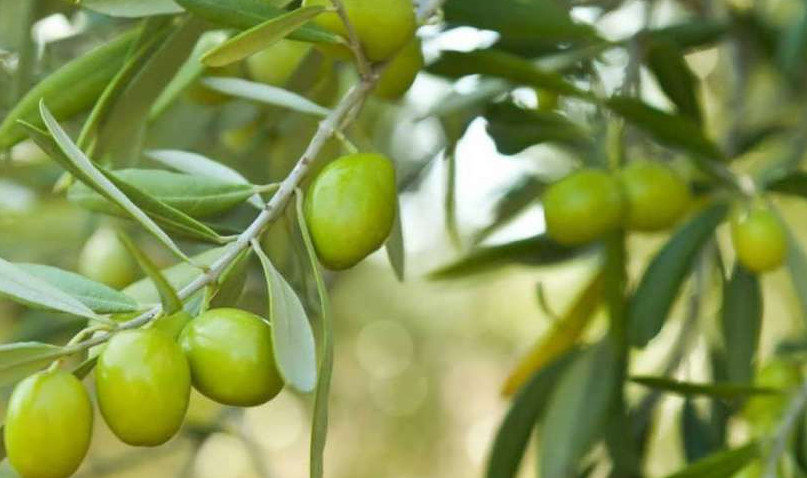What is the process of planting an olive tree?
For planting an olive tree, the following steps are suggested:
The hole should be the same size as the pot in which the olive plant will be planted.
Check the roots of the olive tree after taking it out of the pot.
Make sure the tree is well watered before planting.
Put some soil around the root of the tree in the hole and gradually mix it with the soil of the hole as you place the tree a little higher than the ground level.
In the planting pit, do not add a lot of fertilizer and organic matter. To grow properly, the tree must adapt to the new soil and leave its roots in it to find an artificial environment suitable for growth and establish circular roots in the hole.

Olive trees grow in what part of the world?
In areas where the summers are hot, dry, and long, and the winters are cold, the olive tree grows. The olive tree originated from the Mediterranean region, which has a 6 hour climate and is protected from strong winds.
Selection of land
When choosing the land for planting olives, it is crucial to ensure that it is not exposed to severe cold since temperatures below five degrees Celsius cause young trees to die. In winter, it requires about 200 hours of temperatures below 7 degrees Celsius for fruit production and the resistance of olive trees in general. Poorly drained soils are the most common cause of olive tree death, but olive trees thrive in all soil types except those with poor drainage. Food shortages, toxic substances, or fungal spores, especially if crops are grown on the field. Tomato, cotton, and pepper fungi are susceptible.
Growth rate of olive trees
Olive trees grow slowly to maturity, so their annual growth does not exceed 5-10 cm, and those planted directly in the ground grow faster than those planted in pots. There is little to be seen on the olive tree. It grows slowly in the first year because it is adapting to the soil in which it is planted, then in the second and third years the growth improves and slowly returns to growth until it reaches full maturity.
Most types of olive trees are self-fertile, but they require wind for pollination, so they should be outside during the pollination period when they flower. Cold is required by olives for two months in winter, and the temperature varies between day and night.
Care for olive trees
Here are the most important things to keep in mind when caring for an olive tree:
The olive tree needs water in the first year after planting and during the summer months, so drip irrigation is recommended.
After the first signs of growth appear, the olive tree begins to feed by adding nitrogen-rich fertilizers, regular fertilizers, or concentrated organic fertilizers.
To maintain its balance, the young olive tree is attached to its trunk for the first four years of its life and pruned as little as possible to maintain its shape.
Commercial farmers pick olives in September or October for canning, leaving the young fruit until January or February for pressing.
